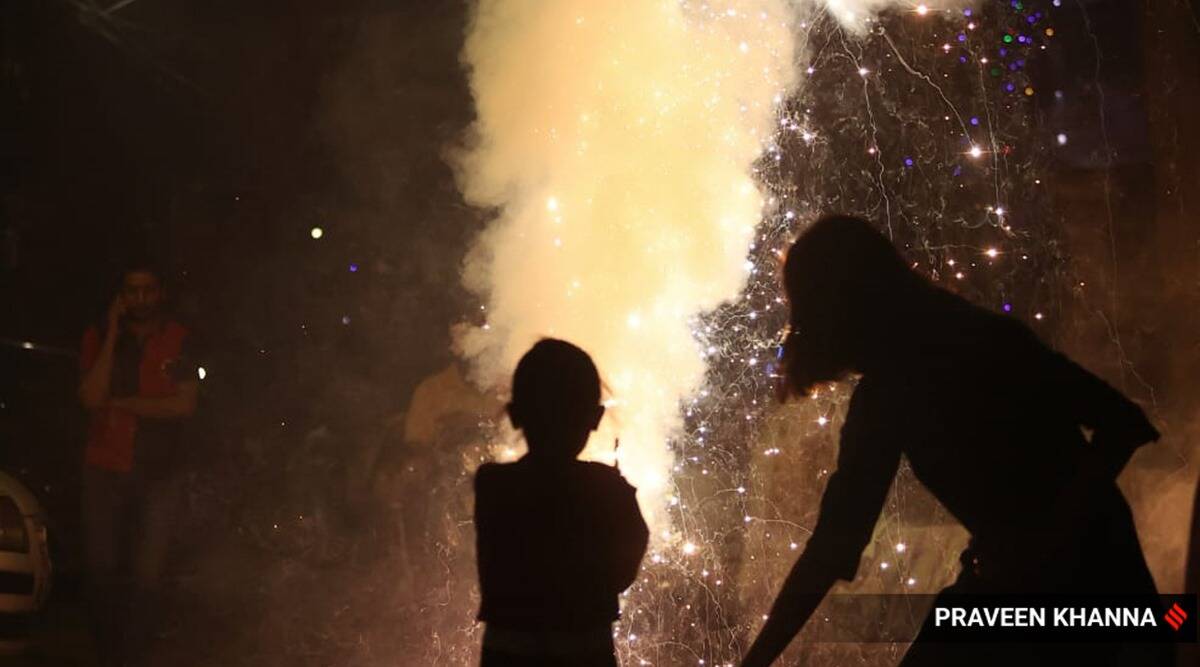 The morning after Diwali, Delhi registered an air quality index (AQI) of 323 while Noida notched up an AQI of 342.
The morning after Diwali, Delhi registered an air quality index (AQI) of 323 while Noida notched up an AQI of 342.The air quality in Delhi is likely to remain in the ‘poor’ or lower end of the ‘very poor’ category on Thursday, and in the ‘poor’ category on Friday and Saturday, according to a forecast issued by the Air Quality Early Warning System.
The air quality index (AQI) was 271, in the ‘poor’ category on Wednesday, marginally better than the 302 recorded on Tuesday, the day after Diwali. The national capital recorded two consecutive ‘very poor’ air days this week – one on Diwali day and the other after Diwali. An AQI between 301 and 400 is considered to be ‘very poor’.
Surface winds are likely to be calm in the morning hours, according to the forecast. Calm conditions prevent the dispersion of pollutants. While the 24-hour average AQI at Anand Vihar at 9 am on Thursday was 411 in the ‘severe’ category, most other monitoring stations in the city recorded air quality in the ‘very poor’ category.
According to the SAFAR forecasting system, the impact of crop residue burning in Punjab and Haryana on Delhi’s air was still meagre on Wednesday, with a contribution of around 5% to 6% to PM2.5 levels in the national capital. Local wind speed has, however, been low, resulting in the weak dispersion of pollutants.
The highest contribution of stubble burning to PM2.5 levels in Delhi so far was 6% on October 25. Fire counts in Punjab are on the rise once again with 1,238 paddy residue burning events being recorded on October 26, going by data from the Indian Agricultural Research Institute.
Meanwhile, the minimum temperature in Delhi has settled at around 14 or 15 degrees Celsius so far this week. It is likely to remain at around 15 degrees till October 30, according to the India Meteorological Department (IMD). The lowest minimum temperature recorded so far this month is 14 degrees Celsius. The maximum temperature is likely to settle at around 31 or 32 degrees Celsius for the next six days, and the skies are set to remain clear.